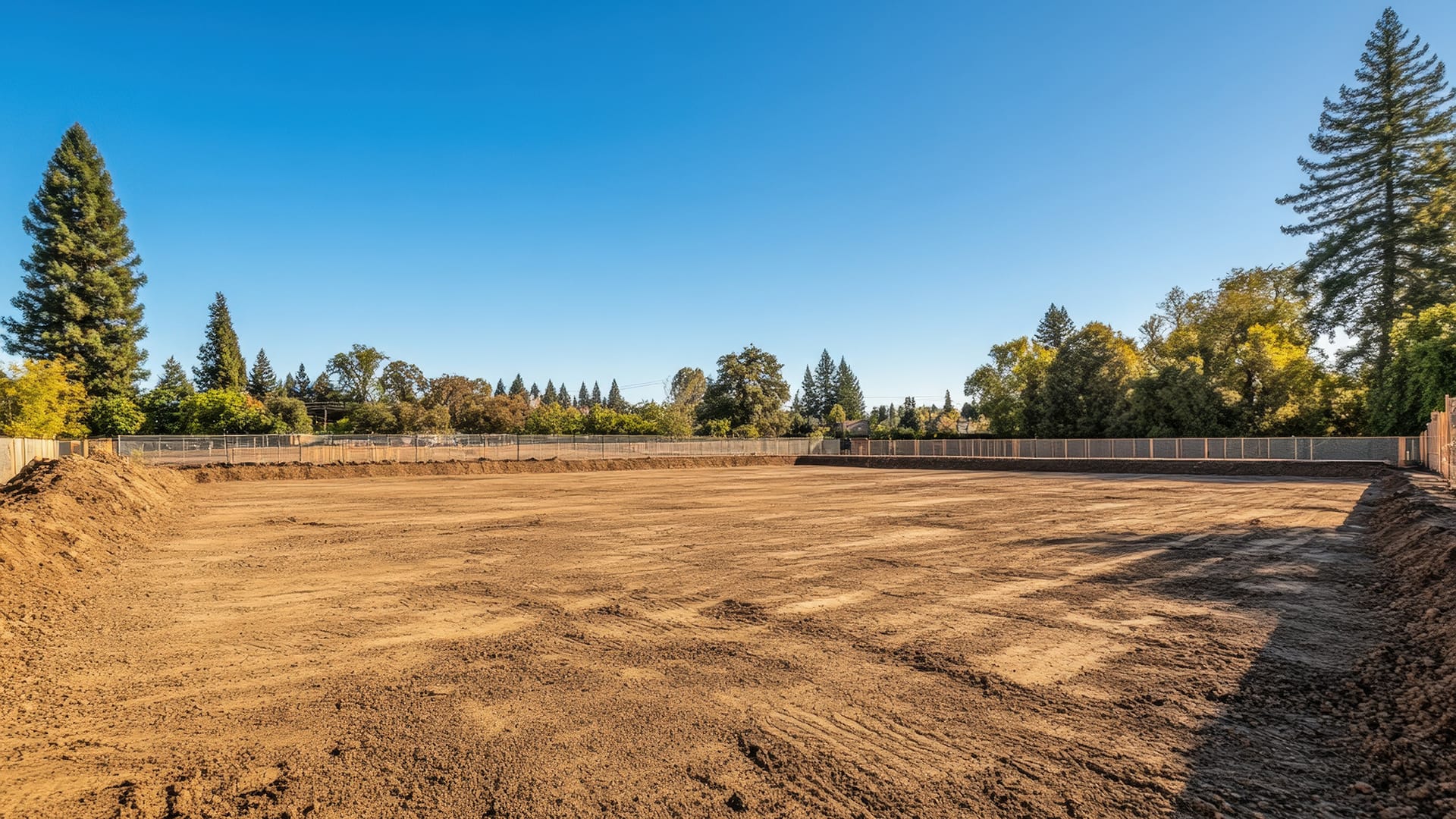Understanding Ground Bearing Capacity for Safe Equipment Operations
April 30, 2025
General Information, Ground Conditions, News

Bigfoot Outrigger Pads wants you to understand that when working with heavy equipment such as cranes, aerial lifts, and concrete pump trucks, understanding ground bearing capacity (GBC) is crucial to ensuring stability and preventing accidents. Misjudging the strength of the ground beneath heavy equipment can lead to severe consequences, including ground failure, equipment tipping, and costly project delays. In this blog, we’ll explore what ground bearing capacity is, how to measure it, and best practices for maintaining safe operations.
What is Ground Bearing Capacity?
Ground bearing capacity refers to the ability of the soil or surface beneath heavy equipment to support weight without failing. It is typically measured in pounds per square inch (PSI) and varies based on soil composition, moisture levels, and compaction.
Common Ground Types and Their Bearing Capacities
Understanding different soil types and their estimated bearing capacities can help operators make informed decisions:
| Ground Type | Estimated Bearing Capacity (PSI) |
|---|---|
| Loose Sand | 0.5 – 2 |
| Soft Clay | 1 – 2 |
| Firm Soil | 2 – 4 |
| Compacted Gravel | 5 – 12 |
| Asphalt/Concrete | 100+ |
These values provide general guidelines, but actual site conditions can vary significantly.
How to Measure Ground Bearing Capacity
- Soil Testing: Conducting a soil test using a penetrometer or other testing methods can provide a more accurate measurement of ground strength.
- Load Testing: Placing a known weight on the ground and measuring deflection can help determine if additional ground support is needed.
- Consulting Geotechnical Reports: On larger projects, a geotechnical engineer may provide detailed reports on soil conditions.
The Role of Outrigger Pads in Distributing Load
Even when working on firm ground, using outrigger pads is essential for distributing weight and reducing the risk of excessive ground pressure. Properly sized pads help to:
- minimize soil displacement
- prevent sinking or tilting of equipment
- increase overall job site safety
To determine the correct outrigger pad size, use the following formula:
Selecting the right pad size ensures stability, especially when working on softer ground types.
Outrigger Pad Area (sq. in or sq. ft) = Load per Outrigger / Allowable Ground Bearing Pressure
Where:
- Load per outrigger = The maximum expected weight on that outrigger (often 50–80% of the equipment’s total weight for cranes).
- Allowable Ground Bearing Pressure (GBP) = The maximum pressure the ground can safely support (in psi or psf). This varies depending on soil conditions.
Steps to Use the Formula:
- Determine Load per Outrigger (L):
- Example: A 40,000 lb machine might exert 10,000 lbs on each outrigger.
- Estimate Ground Bearing Capacity (G):
- Soft soil: 500 psf
- Compacted gravel: 3,000+ psf
- Concrete: 4,000+ psf
- Calculate Pad Area (A):
A = \frac{L}{G}- Example:
- Load (L) = 10,000 lbs
- Ground (G) = 2,000 psf
- Pad Area = 10,000 / 2,000 = 5 sq ft
- Example:
- Choose pad size to match or exceed this area:
- A 30” x 30” pad = 6.25 sq ft → Sufficient in this case.
Bigfoot-Recommended Best Practices for Ensuring Safe Operations
Ground stability is an important part of safe equipment operation on any job site. To assess and manage ground conditions, take these steps:
- Always assess ground conditions before setting up equipment.
- Use appropriate outrigger pads to distribute weight effectively.
- Monitor weather conditions, as rain can significantly alter soil strength.
- Conduct routine inspections to ensure ground stability throughout operations.
By following these best practices, you can maintain safe, stable working conditions.
Conclusion
Understanding ground bearing capacity is fundamental for safe and efficient equipment operation. By accurately assessing ground conditions and using the right Bigfoot outrigger pads, operators can prevent costly accidents and ensure a stable working environment. Prioritizing safety through proper planning and equipment selection will lead to more successful job site operations.
References
- American Society of Mechanical Engineers (ASME) – Load Handling Guidelines
- Occupational Safety and Health Administration (OSHA) – Crane and Derrick Safety Standards
- Construction Industry Manufacturers Association (CIMA) – Soil Load Bearing Recommendations
- ASTM International – Geotechnical Engineering Standards for Soil Testing and Ground Load Capacity Assessments

